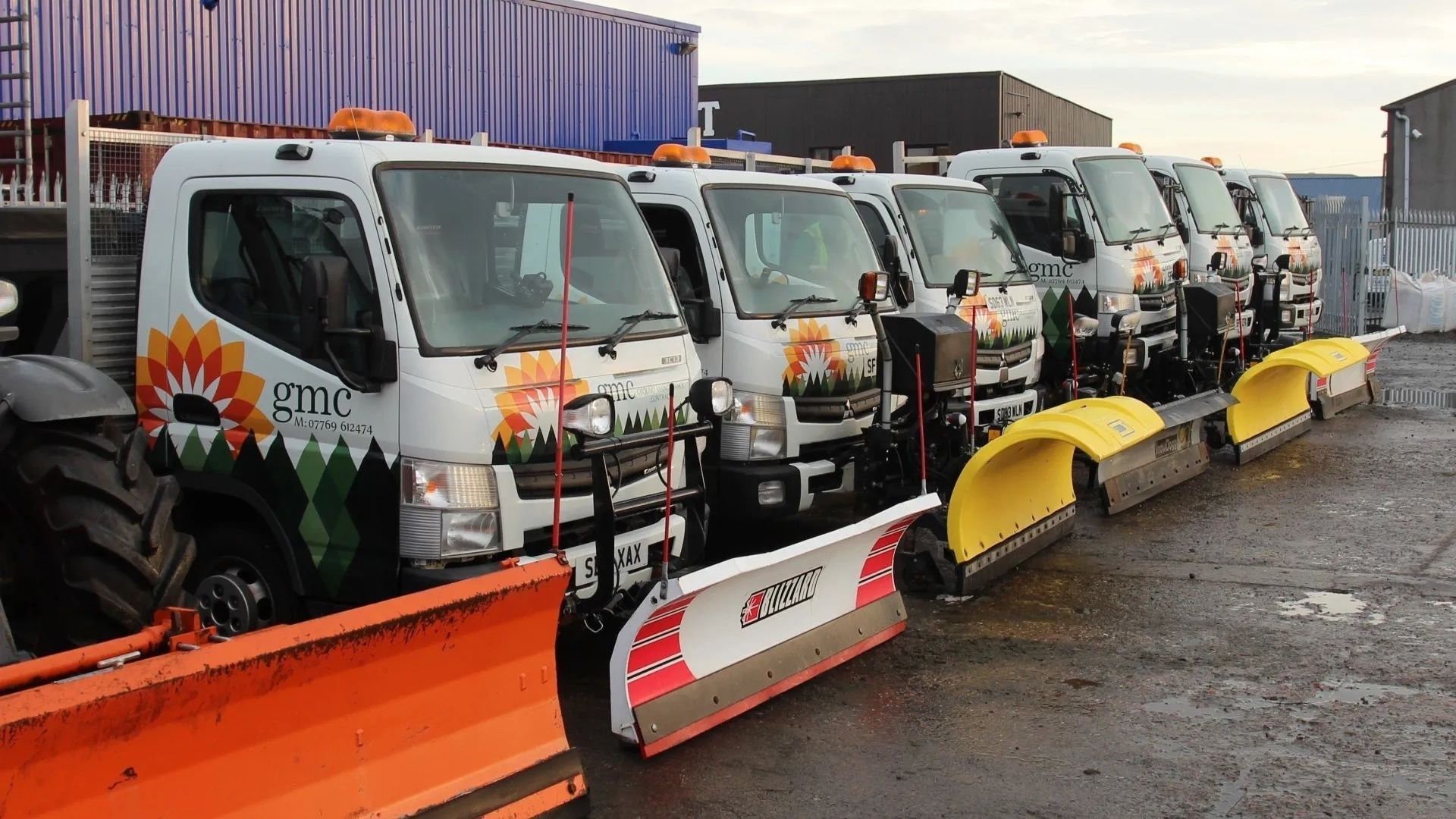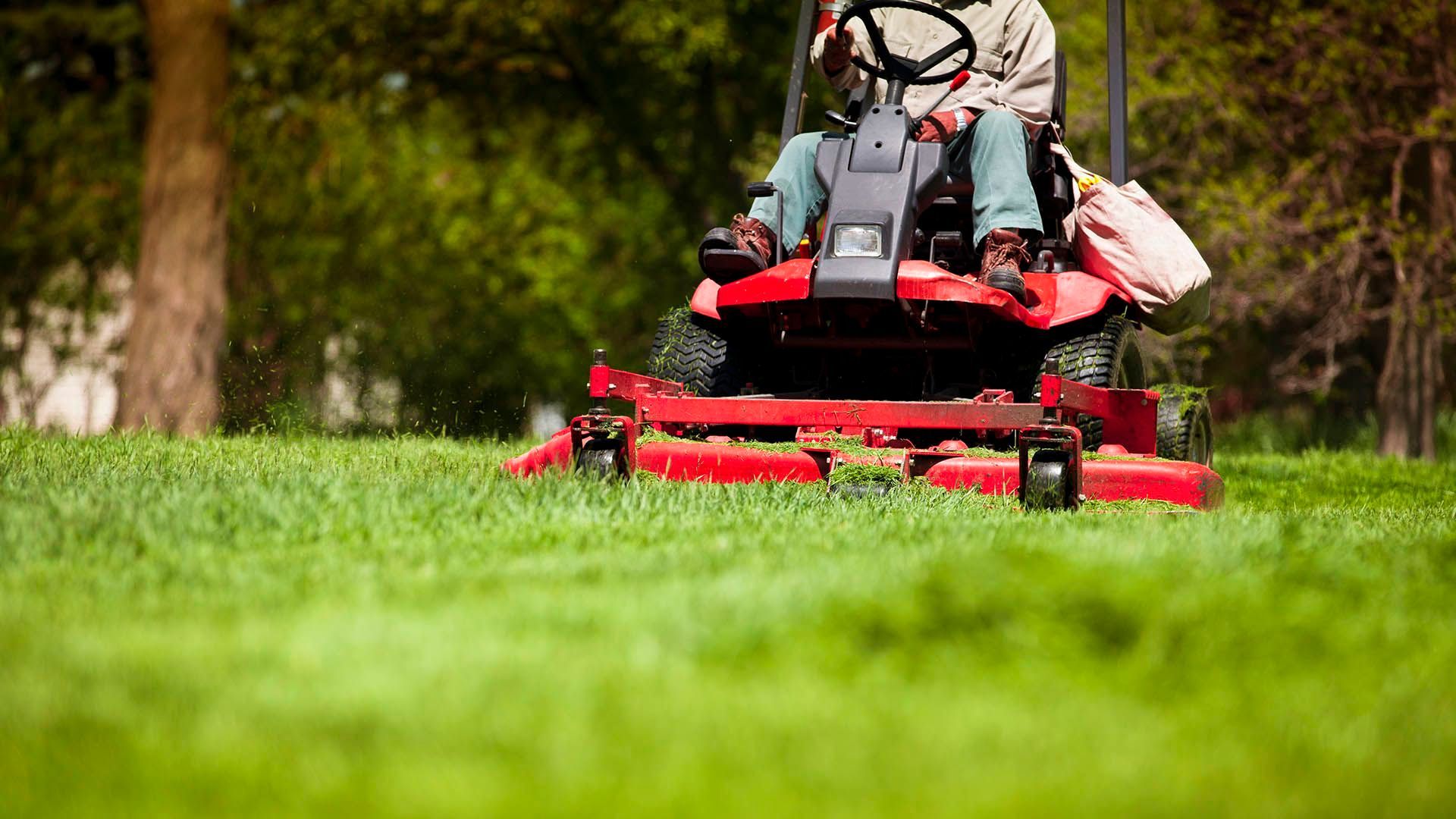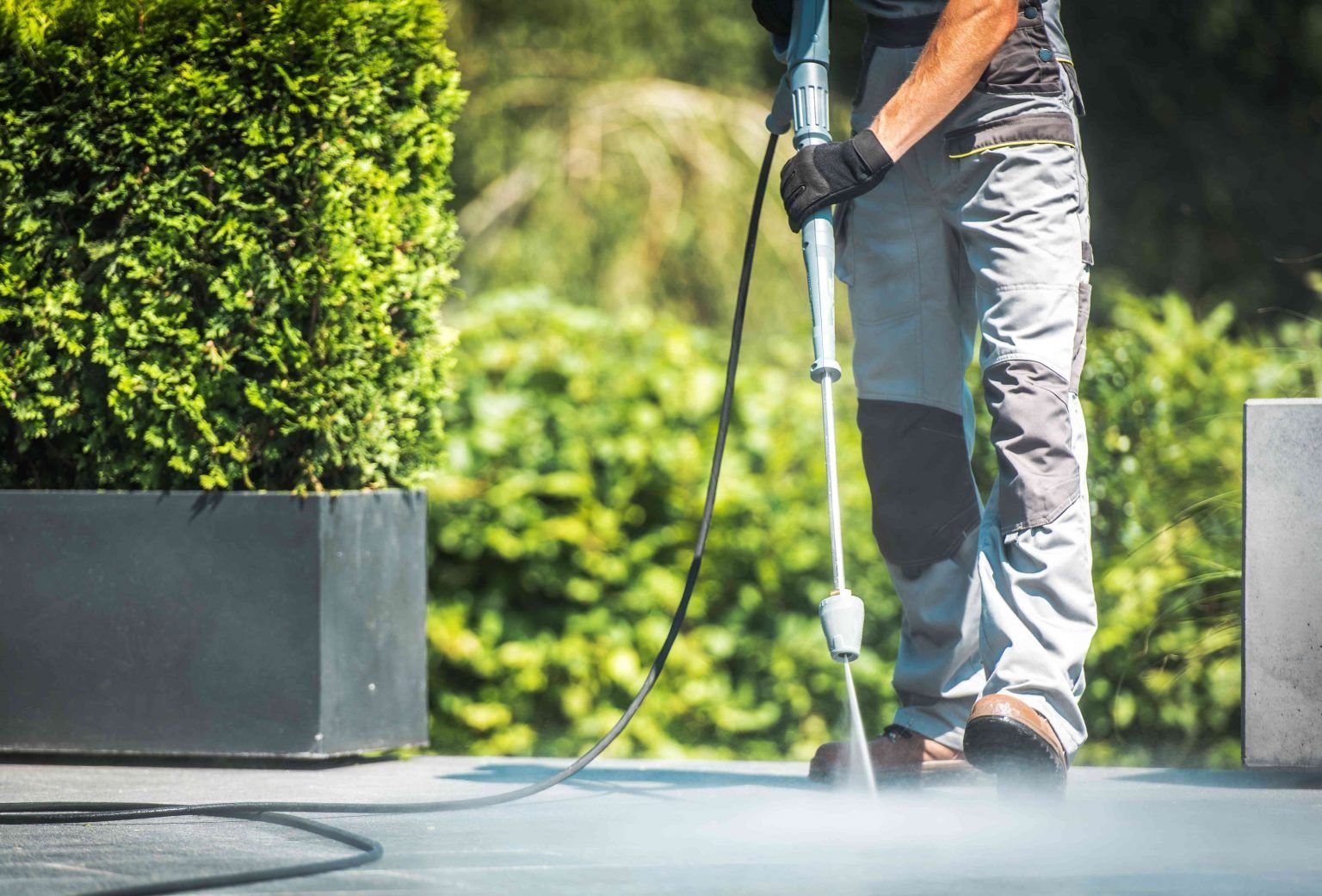What is a Road Gritter and How Does It Help Your Road?
If there’s one thing you can rely on when the weather turns cold in the UK, it’s the sight of grit on the roads. On frosty mornings, you might notice a light scattering, while after heavy snowfall, you’ll often see thick coverage. Grit is a crucial part of keeping both drivers and pedestrians safe in winter, and most of it is distributed by a road gritter rather than by hand.
But what exactly is a road gritter, where does the grit itself come from, and why is it such an important part of keeping roads safe? In this article, we’ll take a closer look at everything you need to know about grit, gritters, and their role in road gritting across the UK.
What Is Grit?
The grit you see spread across the roads in winter is essentially rock salt. It’s not the type you’d sprinkle on your dinner, but the term “grit” comes from its rough, gravel-like texture. It’s usually brown in colour and looks very similar to small stones or crushed gravel.
This brown colour comes from where it’s mined underground, but you can also get clear grit. Clear grit is often used in front of businesses, shops, and public entrances because it looks tidier and avoids staining the ground brown. Another practical reason is that clear grit prevents customers from tracking discoloured salt into shops on their shoes.
Although it may not look like much, this rough, crystalline salt has a unique property: it lowers the freezing point of water. That simple ability makes it one of the most effective tools we have for grit for snow and ice, keeping roads and pavements safer during the coldest months.
Where Does Grit Come From?
Grit is extracted from natural salt beds found deep underground. These salt mines are enormous, often with tunnels stretching for hundreds of miles. Workers carefully carve out large caverns and tunnels while leaving support pillars of salt behind to stop the mines collapsing. The scale is staggering, big enough for trucks and heavy machinery to operate underground.
In the UK, salt is mainly mined at three sites: Winsford in Cheshire, a mine in North Yorkshire, and another in Carrickfergus, Northern Ireland. There are two main mining methods:
● Continuous mining – large machines with tungsten-carbide picks scrape away salt continuously, creating smooth tunnels.
● Cut-and-blast mining – explosives are used to loosen salt, which is then collected and crushed.
Once extracted, the salt is graded into different sizes and treated with an anti-caking agent to stop it clumping together. This ensures it spreads evenly when used for road gritting.
Clear grit, on the other hand, is created by evaporating seawater. Without the underground minerals that stain brown grit, it retains its clear or white appearance. While it looks neater, it can be more expensive to produce, which is why brown grit remains the standard for most public roads.
What Is a Road Gritter?
A road gritter is the vehicle used to spread grit efficiently across roads, car parks, and other surfaces. They are essential tools in winter maintenance, helping to keep surfaces safe, accessible, and protected from frost damage.
Most gritters are mounted on lorries or trucks. These vehicles are specially designed for severe weather, often fitted with tyres that provide extra grip on icy roads. Many are also equipped with snowplough attachments on the front, allowing them to push snow out of the way while simultaneously gritting behind.
In rural areas, tractors can also be fitted with gritting attachments. This is a cost-effective solution because tractors often go unused in the winter, and they’re sturdy enough to handle icy or snow-covered lanes.
The main advantage of a road gritter is its ability to cover large areas quickly and evenly, something that would be near impossible to achieve by hand. For businesses and organisations in gritting Scotland, this technology makes all the difference in keeping premises open during severe weather.
When Is Grit Used?
Grit is used whenever temperatures drop below zero. At this point, moisture on the ground begins to freeze into ice, creating hazardous conditions.
● For pedestrians, this means slippery pavements that can lead to slips, falls, and injuries.
● For drivers, icy roads cause reduced tyre grip, wheelspin, and an increased risk of collisions.
Black ice is one of the most dangerous problems. It’s almost invisible, forming a thin, glassy sheet across the road. Because it’s so hard to spot, drivers often don’t slow down in time, leading to accidents.
Grit prevents this by lowering the freezing point of water. When it mixes with surface moisture, it forms a salty brine. This stops water freezing and also melts any existing ice. The salt breaks down the bonds between molecules, allowing the water to drain away.
Grit works best when there’s traffic over it. The movement of tyres and shoes helps grind the salt into the surface, spreading it more effectively. That’s why road gritting is particularly effective on busy roads and pavements.
Beyond safety, gritting also protects the road surface itself. Frozen water that seeps into cracks can expand and cause damage, leading to potholes. By preventing ice formation, gritting extends the lifespan of road surfaces, saving money in the long term, especially when using professional commercial gritting services.
How Can a Road Gritter Help You?
For businesses, schools, and other organisations, gritters offer more than just road safety, they help keep daily operations running smoothly.
Imagine icy car parks or frozen access roads outside your premises. Staff may struggle to arrive on time, deliveries could be delayed, and customers may choose to stay away. In the worst cases, accidents could occur on your property, leading to costly legal issues.
Hiring a professional commercial gritting service ensures you don’t face these problems. Councils are only responsible for public highways, not private land. That means if you own a car park, estate road, or business park entrance, it’s up to you to arrange gritting.
Another benefit of hiring a gritting contractor is timing. Grit is most effective when applied before ice forms, ideally on damp but not yet frozen ground. Too early, and it may blow away or wash off; too late, and the surface is already dangerous. Professional gritters often operate during the night or early hours, ensuring surfaces are safe before the morning rush.
Gritters also make the process far safer. Hand spreading grit for snow and ice on dark, icy nights can be risky, but a vehicle can spread evenly, quickly, and without putting anyone in harm’s way.
Where Are Gritters Best Used?
While council gritters focus on main roads, many areas are left untreated. That’s where private road gritters come in. They’re ideal for:
● Car parks and private roads
● Schools and universities
● Shops and supermarkets
● Hospitals and healthcare facilities
● Police and fire stations
● Industrial estates and business parks
If you share a site with other businesses, you can even arrange joint road gritting services. This spreads the cost while ensuring the entire area remains safe and accessible. In fact, shared commercial gritting agreements are becoming more popular in industrial estates across gritting Scotland, as they provide excellent coverage and reduce overall costs.
GMCB Ltd: Your Trusted Professional Gritting Contractors
If you’re looking for expert gritting contractors in Glasgow, Edinburgh, or across Central Scotland, GMCB Ltd is here to help. We provide scheduled and emergency gritting Scotland services, whether you need a car park, private road, or entire business site treated.
Our fleet of modern road gritters ensures even coverage, preventing patchy results and giving you complete peace of mind. With our 24/7 callout service, we can grit overnight or respond immediately in the morning, ensuring your staff and customers arrive safely.
We also offer both preventative and reactive treatments. If bad weather is forecast, we can grit in advance to stop ice forming. Alternatively, we can respond quickly once the frost has set in. We even work with you to agree temperature thresholds, so if forecasts drop below that point, we’ll automatically send a team, no need for you to make late-night calls.
By choosing a private gritting company like GMCB Ltd, you’ll benefit from reliable coverage, professional equipment, and a service tailored to your site. From grit for snow and ice to long-term commercial gritting contracts, we’re here to keep your roads and grounds safe.
So if you need trusted road gritting services in Central Scotland,
contact us today. Our friendly team will be happy to talk through your requirements and explain how we can keep your site in top condition, whatever the weather.
















